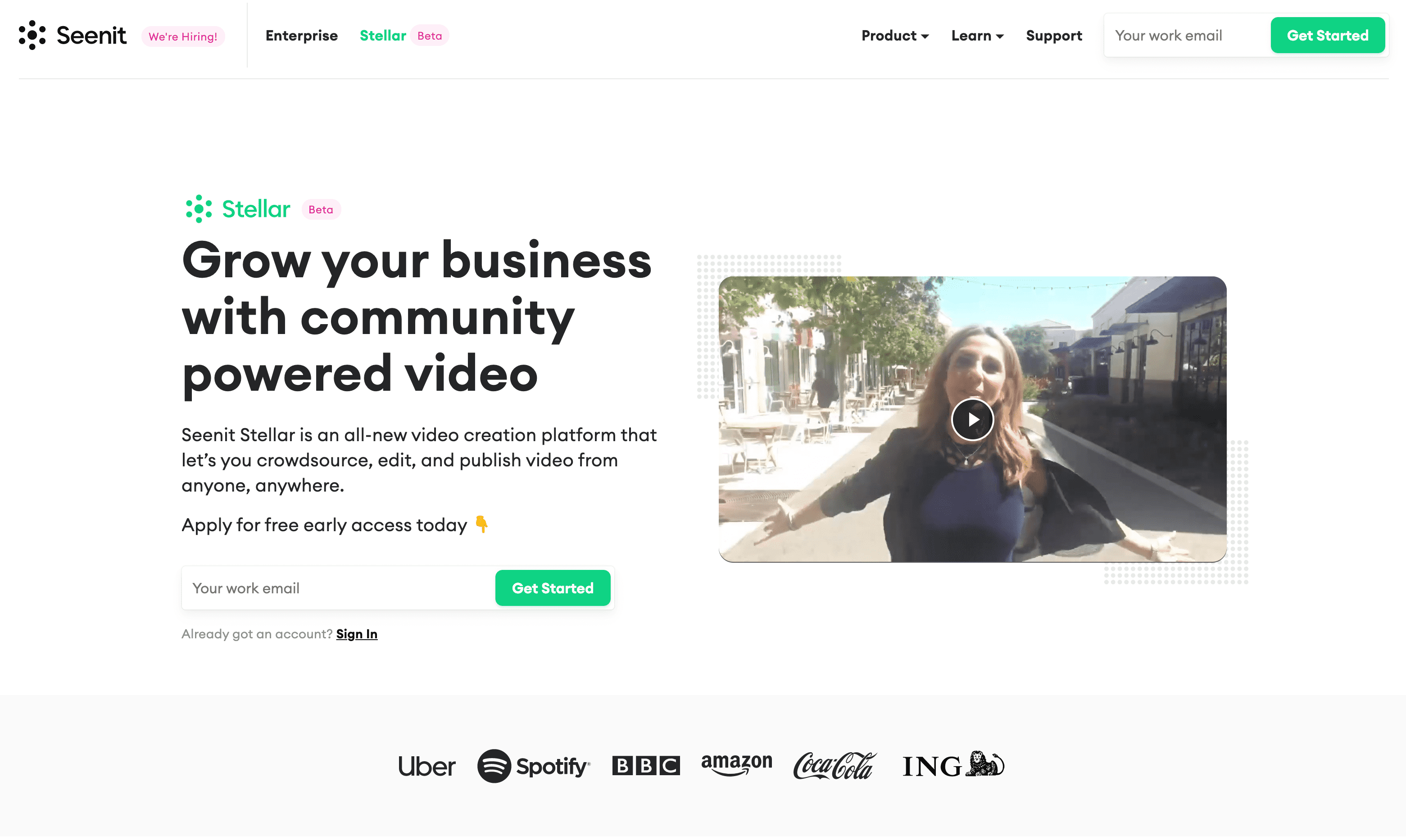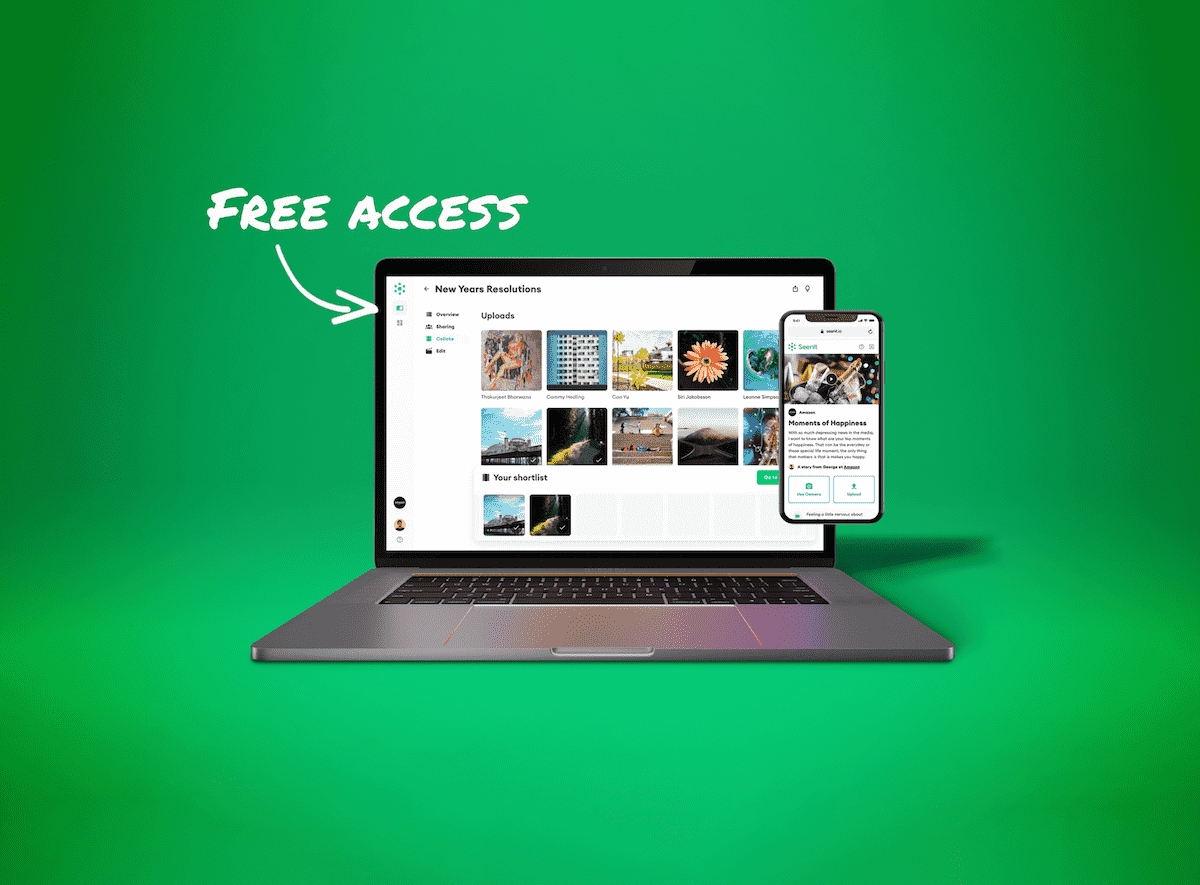I led on the GTM for our new product codenamed Seenit Stellar. The project involved all things Product Marketing, from competitive analysis and research, through to landing page design and messaging frameworks. You can still access the waitlist page I designed and built through a staging site we keep operational.
In preparation for the launch of our next generation platform, codenamed Seenit Stellar, I led on the initial Go To Market. The project posed a number of challenges, not least positioning Stellar alongside our platform. Sales and Customer Success enablement was also key to the success, ensuring that the commercial side of the business had the toolkit required.
We put together a GTM squad to help with some of the projects that would be required for launch.
Working closely with a the Product team, two research projects were kicked off. The first to uncover the biggest pain that stellar can solve for our customers, and the second to identify the best target market to launch Stellar marketing efforts towards.
Some of the areas explored included:
Beginning with a large research project was key to identifying our minimum viable audience and ideal customer profile. The initial view was to sell to anyone that would buy, but after some debate, it was agreed we would focus on identifying and marketing to an MVA.
Stellar would be available as an Alpha product around mid 2020 and available for customers to begin migrating around 2021. I wanted to set up a waitlist landing page where we could capture leads that were interested in trying out Stellar. There would be an option to apply to join our early access programme as a beta tester.
Leads that signed up to the waitlist would join a nurture list. We’d send them a regular newsletter with product updates, case studies, blogs, and relevant news to keep them excited about Stellar. Leads could ‘jump the queue’ by sharing Stellar to other users.

In the midst of a global pandemic, marketing Stellar was a little different than previously expected. We focused on the following channels for brand awareness, working with a PR and Ad agency to support.
We worked with CS to set up ‘North Star’ sessions with all of our subscription customers. These were one-hour long sessions where we could take customers through our ‘North Star’, a fully designed prototype, of where we wanted Seenit Stellar to be in ~2 years time. The idea of these sessions was to gather feedback and build excitement around a new and exciting product. Customer feedback would help to influence the roadmap, our messaging, and at what point their migration would happen.
The waitlist went live in May 2020, alongside the Seenit rebrand. I created a couple of videos alongside the landing page to post across social.
